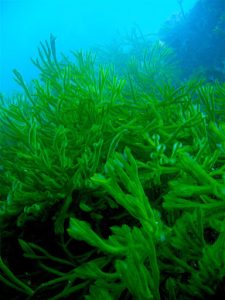
Oyster Thief
Fact Sheet Marine Macroalgae Codium fragile | Codium, Dead Man’s Fingers Description Green alga shaped like a small bush, velvety and spongy to the touch.
Invasive species are plants, animals and micro-organisms that have been introduced into areas beyond their native range and negatively impact the environment, the economy, or society.
It is widely accepted that invasive species are an immense threat to biodiversity worldwide. In Canada alone, more than 20% of our species at risk are threatened with extinction by invasive species. Invasive species cause harm in several ways. For example, they may eat native species, take their food and space, contribute to soil degradation and erosion, introduce new diseases, and degrade water quality and habitat. The destruction caused by invasive species also has adverse effects on human life. Invasive species can damage buildings and roads. From an economic viewpoint, invasive species greatly impact productivity and profit in forestry, agricultural, and fishing industries – as well as reducing recreational opportunities.
Humans are largely responsible for the movement of invasive species from one area to another. Many human-assisted pathways have permitted the introduction of invasive species in Nova Scotia. Examples of these pathways include – but are certainly not limited to – horticultural trade, aquarium trade, the movement of shipping containers, ballast water tanks in cargo ships, recreational boating, and the release of species for hunting or angling purposes. Once established, invasive species can spread naturally, or be moved further by human activities such as outdoor recreation, release of pets into the environment, or movement of firewood.
Everyday activities often contribute to the spread of invasive species. For example, buying products from overseas requires transportation via container ships; those ships may inadvertently transport invasive species to Nova Scotia. Buying local products and reducing your overall ecological footprint not only helps to reduce habitat destruction, climate change, pollution, and overexploitation of natural resources – it is also fundamental for the prevention of invasive species introductions across the globe.

Fact Sheet Marine Macroalgae Codium fragile | Codium, Dead Man’s Fingers Description Green alga shaped like a small bush, velvety and spongy to the touch.
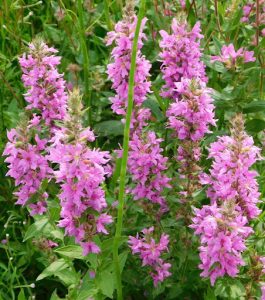
Fact Sheet Vascular Plant Lythrum salicaria | Other Names: Loosestrife, Spiked Loosestrife Description Stems arise from perennial rootstock. 30-50 stalks can arise from a single
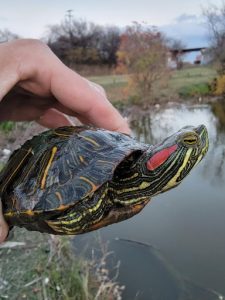
Fact Sheet Reptile Trachemys scripta elegans Description Pond Sliders have brown to olive green coloured shells, with a slight keel running down the center. Green-black
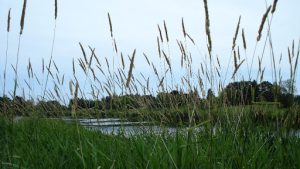
Fact Sheet Grass/Sedge Phalaris arundinacea Description Reed Canary Grass is a cool season, perennial grass that grows up to 1.7 m tall. Its leaf blades
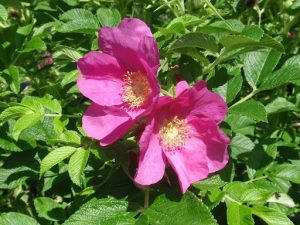
Fact Sheet VASCULAR PLANT Rosa rugosa Description Rugosa Rose is a dense shrub that grows up to 2.5 m tall. Its stem is robust, with
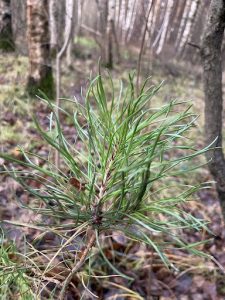
Fact Sheet Vascular Plant Pinus sylvestris | Other Names: Scots Pine, Caledonian Pine Description Scotch Pines are large, evergreen, coniferous trees that can grow up
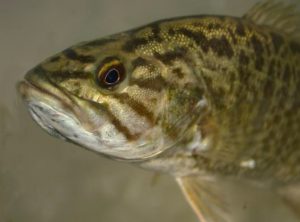
Fact Sheet Freshwater Fish Micropterus dolomieu | Other Names: Smallie, Brown Bass, Black Bass Description Smallmouth Bass have a robust, brown-green body with a white
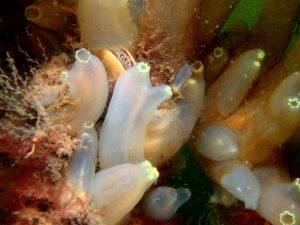
Fact Sheet MARINE ANIMAL Styela, Ascidiella, Ciona Spp. | Other Name: Sea Squirt Description Solitary Tunicates are small marine filter-feeding animals, sometimes referred to as
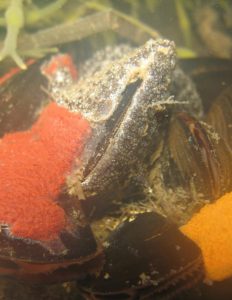
Fact Sheet MARINE ANIMAL Ciona, Botryllus, & Botrylloides spp. | Other Name: Sea Squirt Description Small marine, filter-feeding animals, sometimes referred to as sea squirts,
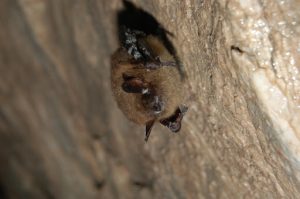
Fact Sheet fungus Pseudogymnoascus destructans Description Pseudogymnoascus destructans is a fungal pathogen that causes the disease known as White-Nose Syndrome. This disease is characterized by
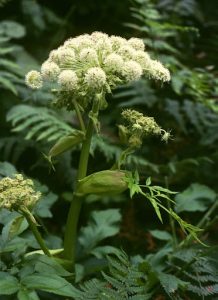
Fact Sheet VASCULAR Angelica sylvestris Description Large biennial member of the carrot family commonly 1-2 m tall when flowering from July to September. Small, fragrant
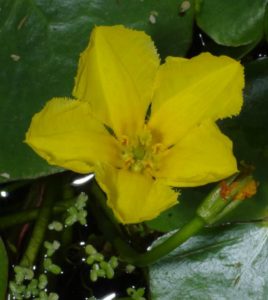
Fact Sheet Vascular Plant Nymphoides peltata | Other Names: Fringed Water Lily, Water Fringe Description Yellow Floating Heart is a bottom-rooted, floating-leaved aquatic plant. Its
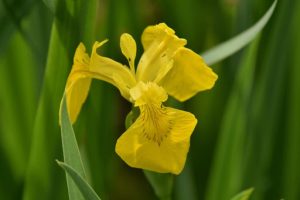
Fact Sheet Vascular Plant Iris pseudacorus | Other Names: Yellow Flag Iris Description This perennial wetland plant has three drooping petal flowers that are bright
Join our mailing list.